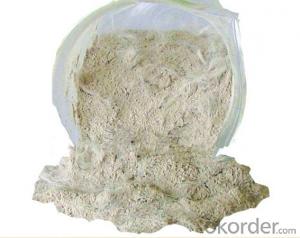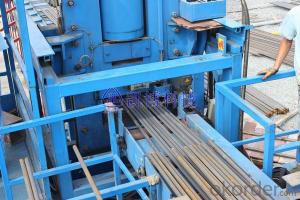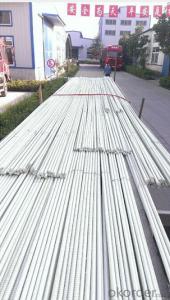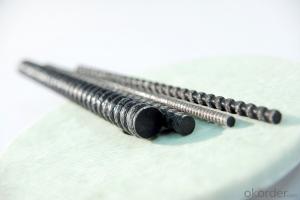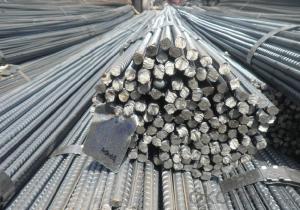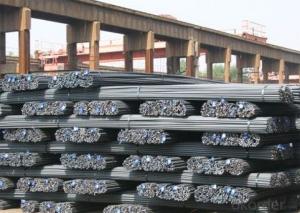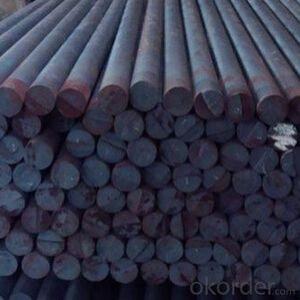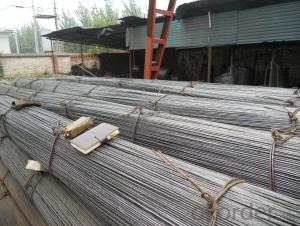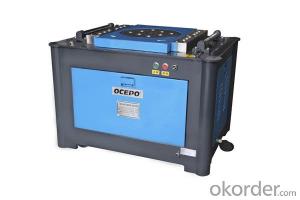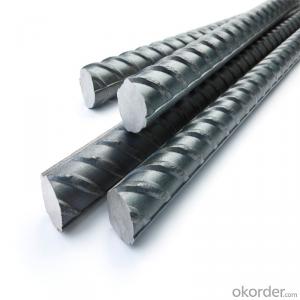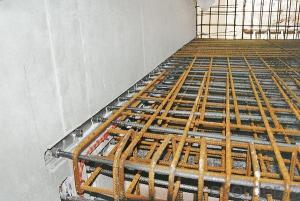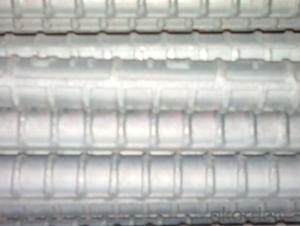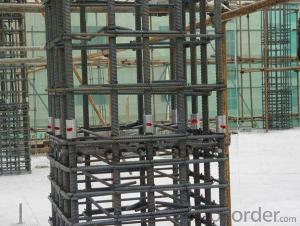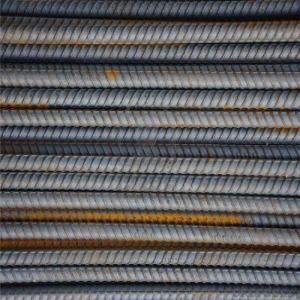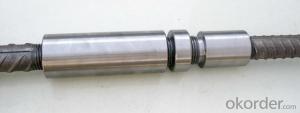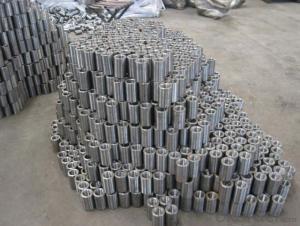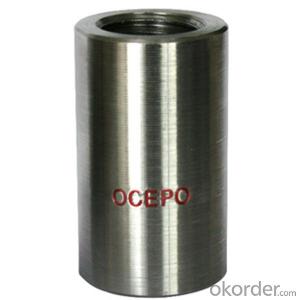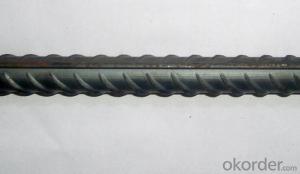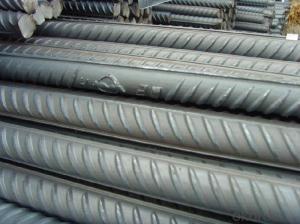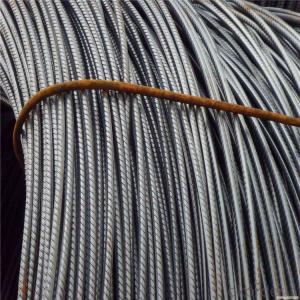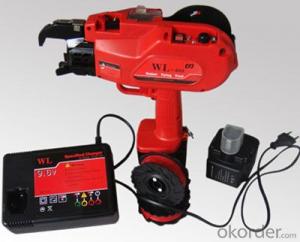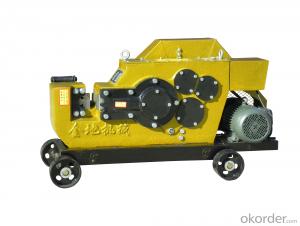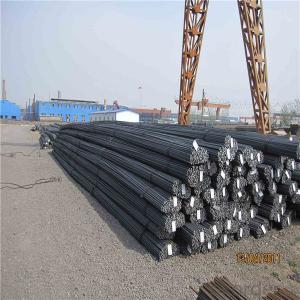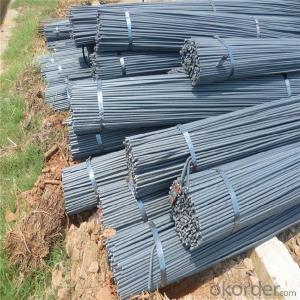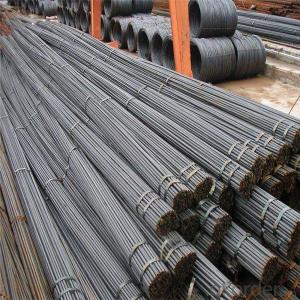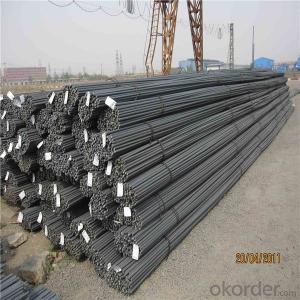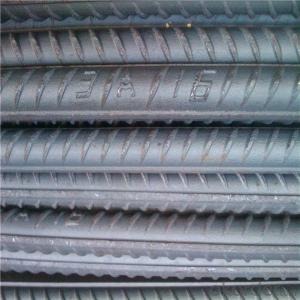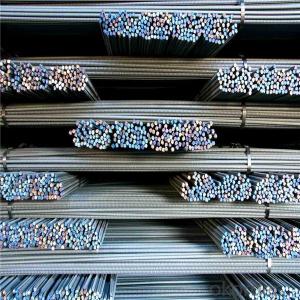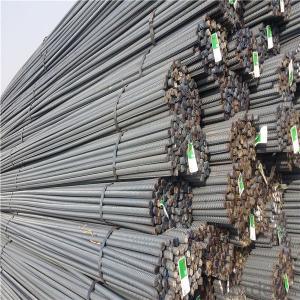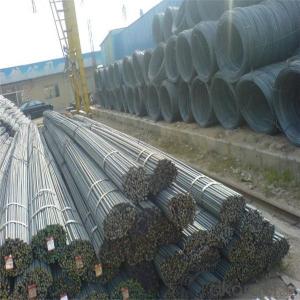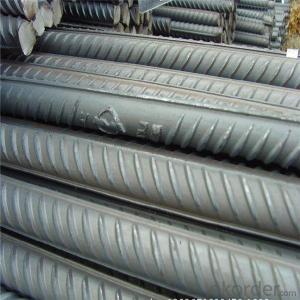18J Rebar
18J Rebar Related Searches
Hot Rolled Steel Blue Steel Rebar Aisi 1020 Hot Rolled Grade 80 Rebar Rebar Lengths Standard Rebar 10Mm 30M Rebar T10 Rebar Rebar Identification 18J RebarHot Searches
12Mm Mdf Price Hot Rolled Steel Price Hot Rolled Steel Prices18J Rebar Supplier & Manufacturer from China
Okorder.com is a professional 18J Rebar supplier & manufacturer, offers integrated one-stop services including real-time quoting and online cargo tracking. We are funded by CNBM Group, a Fortune 500 enterprise and the largest 18J Rebar firm in China.Hot Products
FAQ
- The maximum allowable spacing between steel rebars in columns typically depends on various factors such as the size and type of the rebar, the design requirements, and the local building codes. It is crucial to consult with a structural engineer or refer to the specific building codes and design standards applicable to ensure the appropriate spacing is maintained for structural integrity and safety.
- Steel rebars play a crucial role in preventing structural vibrations by providing reinforcement and stability to concrete structures. The rebars, which are embedded within the concrete, enhance the overall strength and rigidity of the structure, making it more resistant to vibrations caused by external factors such as wind, earthquakes, or heavy machinery. The presence of steel rebars helps to distribute and dissipate the energy generated during vibrations, reducing their amplitude and preventing potential structural damage or collapse.
- Yes, steel rebars can be used in the construction of road bridges or flyovers. Steel rebars are commonly used as reinforcement in concrete structures, including bridges and flyovers, due to their high strength and durability. The rebars help to enhance the structural integrity and load-bearing capacity of the concrete, making it suitable for supporting heavy traffic loads and resisting the forces experienced by road bridges and flyovers. Additionally, steel rebars provide increased resistance to corrosion, which is crucial in bridge constructions where exposure to environmental elements is significant. Overall, the use of steel rebars in the construction of road bridges and flyovers ensures their structural stability, longevity, and safety.
- There are several methods for attaching steel rebars to existing structures, depending on the specific requirements and conditions of the project. Some common methods include: 1. Welding: This method involves using welding techniques to attach the rebars to the existing structure. It provides a strong and durable connection, but it requires skilled labor and may not be suitable for all situations. 2. Epoxy bonding: Epoxy adhesives can be used to bond rebars to existing structures. This method is easy to apply and provides a reliable connection, especially when the rebars are embedded in concrete. However, it is important to ensure proper surface preparation and follow manufacturer's instructions for best results. 3. Mechanical anchoring: Mechanical anchors, such as anchor bolts or expansion anchors, can be used to attach rebars to existing structures. This method involves drilling holes into the structure and inserting the anchor, which provides a secure connection. It is important to select the appropriate anchor type and size based on the load requirements and structural conditions. 4. Clamping or fastening: In some cases, rebars can be attached to existing structures using clamps or fasteners. This method is relatively quick and easy to install, but it may not provide as strong of a connection as welding or epoxy bonding. 5. Overlapping: When reinforcing existing concrete structures, rebars can be overlapped with the existing reinforcement and tied together using wire or other methods. This method is commonly used in construction to ensure continuity of reinforcement and increase the load-carrying capacity. It is important to consult with structural engineers or professionals with expertise in rebar installation to determine the most suitable method for attaching steel rebars to existing structures. They will consider factors such as structural integrity, load requirements, and local building codes to ensure a safe and effective connection.
- There are several factors to consider while calculating the required number of steel rebars in a project. Some of these factors include the structural design, the load-bearing capacity, the concrete strength, the reinforcement spacing and arrangement, the bar diameter and size, the project specifications and requirements, and any applicable building codes and regulations. Additionally, factors such as the length and width of the structure, the type of construction (e.g., residential, commercial, industrial), and the environmental conditions should also be taken into account.
- Steel rebars are identified and marked through various methods including embossed markings, painted markings, and tagging systems. These identification marks typically include relevant information such as the grade of steel, manufacturer's logo, batch number, and bar size.
- Yes, steel rebars can be used in underground construction. Steel rebars are commonly used in the construction of underground structures such as tunnels, foundations, and retaining walls due to their high strength and durability. They provide reinforcement and enhance the structural integrity of the underground construction, making it capable of withstanding various loads and pressures.
- Stirrups in steel rebar reinforcement serve to offer lateral support and improve the overall structural integrity of reinforced concrete components. Typically made of bent steel bars, stirrups are positioned around the longitudinal rebar within concrete columns, beams, or slabs. One of the primary functions of stirrups is to prevent buckling or bending of the longitudinal rebar caused by external forces like compression, tension, or shear. By enclosing the rebar with closely spaced stirrups, the strength and stability of the reinforced concrete element are significantly increased. Additionally, stirrups play a crucial role in resisting shear forces, which arise when a structure is subjected to lateral loads or earthquakes. These forces can lead to cracking and failure of the concrete. However, stirrups distribute shear stresses more evenly, effectively impeding the formation and propagation of cracks. Moreover, stirrups enhance the bond between the rebar and concrete by providing extra contact area. This, in turn, results in improved load transfer and prevents slippage between the rebar and the surrounding concrete. To summarize, stirrups in steel rebar reinforcement aim to enhance the structural strength, stability, and durability of reinforced concrete elements. They offer lateral support, resist bending and shear forces, and enhance the bond between the rebar and concrete. By incorporating stirrups into the reinforcement design, engineers can ensure that the concrete structure can withstand various external loads and maintain its integrity over time.

